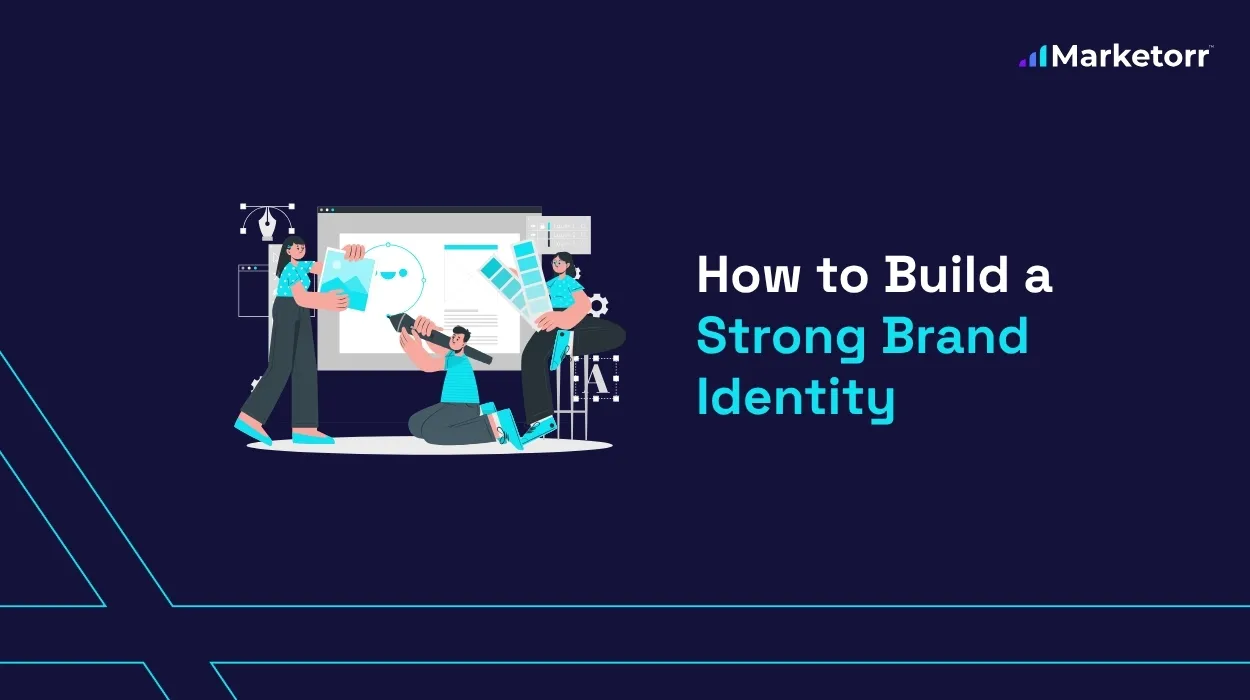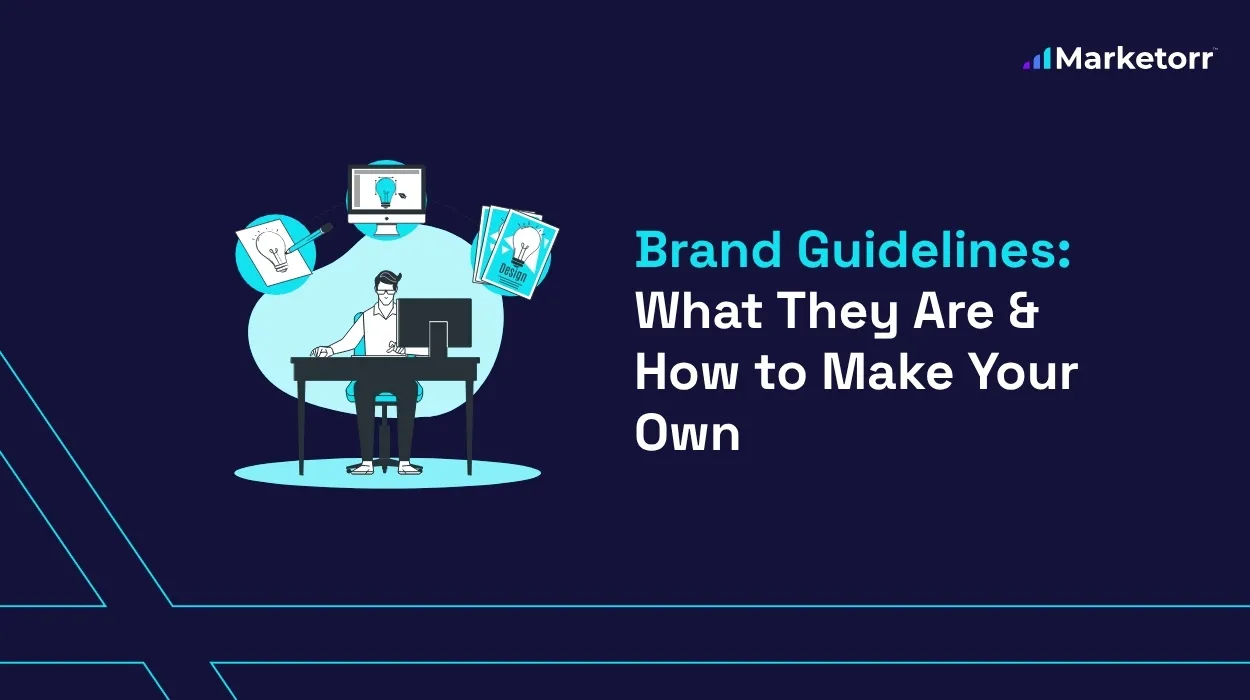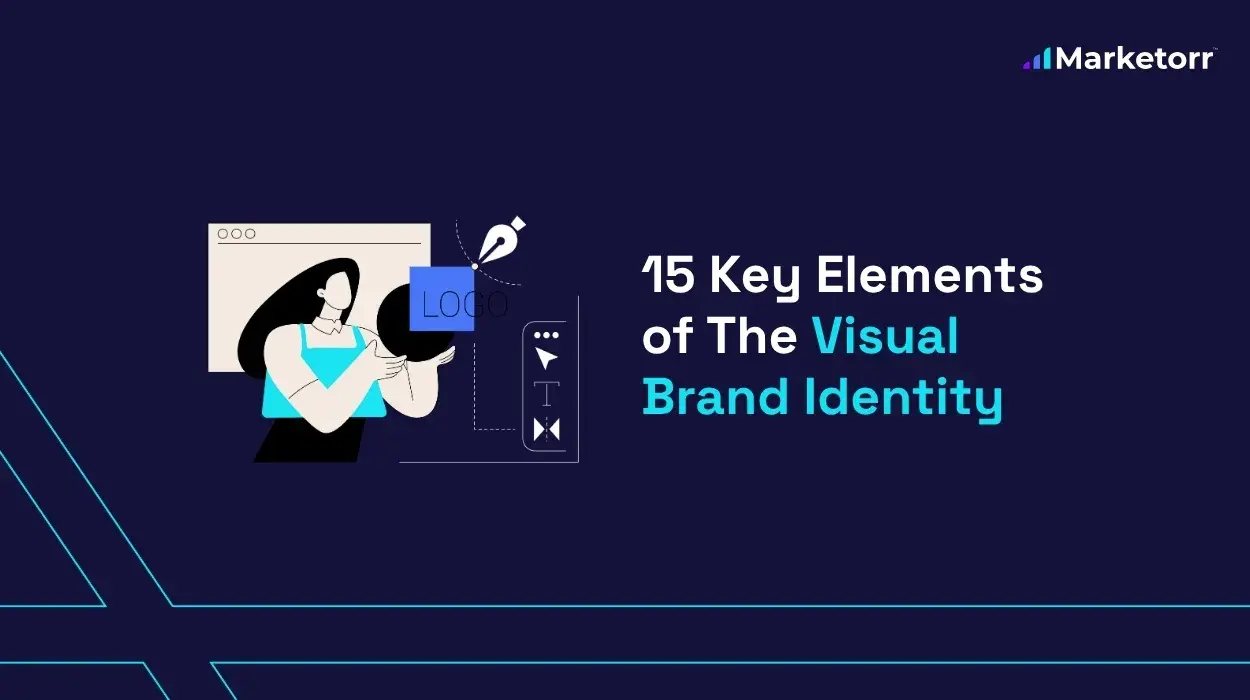Digital marketing has evolved into a multidisciplinary system where strategy dictates scalability, profitability, and longevity. As of 2024, over 63% of global marketers identify strategic planning as the most important factor driving campaign success, according to a CMI report. However, only 41% of businesses operate with a documented digital marketing strategy, revealing a critical gap between execution and strategic coherence.
The increasing complexity of digital ecosystems spanning SEO, paid media, automation, and analytics has made it necessary for businesses to adopt structured, interconnected approaches. Fragmented tactics often lead to budget inefficiencies, audience misalignment, and data silos, all of which reduce marketing effectiveness over time.
Google’s Search Quality Evaluator Guidelines and the rise of predictive information retrieval technologies have also emphasized semantic relevance, topical authority, and content precision. Without integrating these principles into a broader marketing structure, brands risk falling behind in organic visibility and performance marketing efficiency.
1. Clear Business Goals and Measurable KPIs
Why do digital marketing strategies need well-defined goals and KPIs?
Without clear business goals, digital marketing becomes scattered and ineffective. Every strategy must begin with understanding what success looks like and how to measure it.
Defining specific, measurable objectives ensures your entire team works toward a common outcome. Whether your goal is to increase website traffic, grow brand awareness, or drive sales, success starts with clarity. For instance, a B2B company may set a goal of generating 500 qualified leads per month, while an e-commerce brand might target a 10% lift in conversion rates during Q4.
The key is aligning marketing goals with broader business priorities. According to a 2023 HubSpot survey, 74% of marketers who set clear KPIs reported improved ROI within six months. This alignment helps track progress and justifies budget allocation and team focus.
Modern digital marketing tools like Google Analytics, HubSpot, and SEMrush allow businesses to track everything from bounce rate to customer acquisition cost (CAC). This data-driven approach transforms guesswork into strategic planning. The more refined your goals and KPIs, the easier it becomes to assess which tactics drive results and which need adjustment.
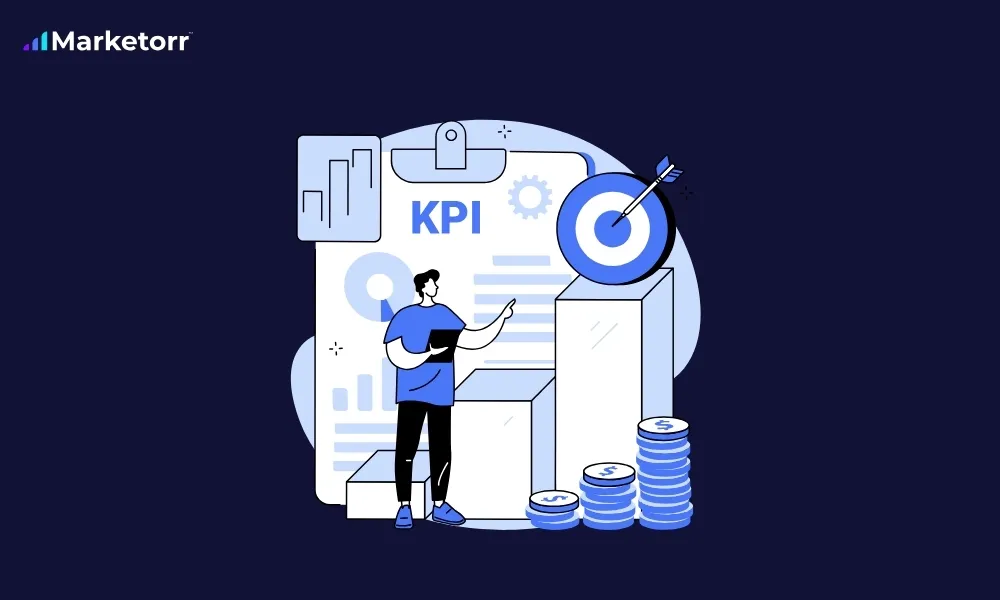
2. Deep Audience Understanding and Buyer Personas
How does understanding your audience shape your digital marketing efforts?
A deep understanding of your audience is the foundation for effective messaging, positioning, and campaign success. Without it, even the best marketing tactics fall flat.
Buyer personas are semi-fictional profiles built from real customer data demographics, motivations, behaviors, and pain points. These profiles allow businesses to tailor messaging, content, and offers that resonate with their ideal customer. Research from Aberdeen Group shows companies that use buyer personas achieve 73% higher conversion rates.
Start by collecting data from your existing customers. Use analytics tools, customer surveys, and CRM insights to understand your users’ online behavior. Where do they hang out? What are they searching for? What frustrates them?
For example, if you’re a SaaS company targeting startup founders, your messaging will likely differ from a solution for enterprise IT managers. The tone, platform, and pain points vary, and your strategy should reflect that.
The most successful brands regularly revisit and refine their personas, adapting to market shifts, customer feedback, and emerging trends. As personalization becomes more expected, knowing your audience deeply isn’t optional; it’s strategic.
3. Search Engine Optimization (SEO) for Long-Term Visibility
Why is SEO essential for a sustainable digital marketing strategy?
SEO is a long-term investment that delivers compounding returns by helping your content rank organically in search engines where users seek information or solutions.
Unlike paid channels, SEO doesn’t stop delivering results when the budget runs out. It builds authority and visibility over time, positioning your brand as a trusted source in your niche. According to BrightEdge, 68% of online experiences begin with a search engine, and SEO drives over 1,000% more traffic than organic social media.
Effective SEO starts with topical authority. You need a topical map that clusters content by themes, not just keywords. For example, if you’re in digital marketing, cluster topics around “email automation,” “social media content strategy,” and “SEO audits,” linking them together through semantic relationships. This structure helps search engines understand your content deeply and rewards you with better visibility.
Technical SEO also plays a key role in site speed, mobile responsiveness, structured data, and crawlability, all impacting rankings. Tools like Google Search Console and Screaming Frog help identify technical issues, while tools like Surfer SEO or Clearscope optimize content semantically.
The SEO landscape evolves constantly, but its goal is to make your content discoverable, relevant, and valuable to users and search engines.
4. High-Quality, User-Centric Content Marketing
Content is more than words, it’s your brand’s voice, trust signal, and conversion tool. High-quality, user-focused content addresses real problems, answers specific questions, and guides users toward solutions.
When planned based on search intent rather than keywords alone, it naturally becomes more relevant. A study by SEMrush found that content targeting informational and transactional intent performs 2.5 times better in SERPs than content focused solely on commercial keywords.
User-centric content includes blog posts, guides, videos, case studies, and landing pages, all optimized for readability and structured with semantic depth. The goal is to meet the user at their stage in the buyer’s journey and move them toward action without pushing too hard.
The most effective content strategies align with a well-built topical map and interlink pages to show topical depth. This structure enhances SEO and keeps users engaged longer on your site.
5. Conversion-Focused Website and UX Design
Your website is your primary conversion tool. No matter how much traffic you generate, poor user experience (UX) can bottleneck your results. A high-performing digital strategy includes a fast, mobile-friendly site and a conversion-optimized site.
Good UX means intuitive navigation, clear CTAs, fast load times, and content that is easy to scan. According to Google, 53% of mobile users abandon sites that take longer than 3 seconds to load. Meanwhile, websites with clear value propositions and trust signals (like testimonials and certifications) enjoy significantly higher conversion rates.
Tools like Hotjar, Google Optimize, and A/B testing frameworks allow brands to improve UX based on user behavior continuously. A well-structured site also helps search engines crawl and index content efficiently, supporting your SEO strategy.
Ultimately, your site should guide visitors toward your goals, whether downloading a lead magnet, booking a demo, or completing a purchase without friction or confusion.
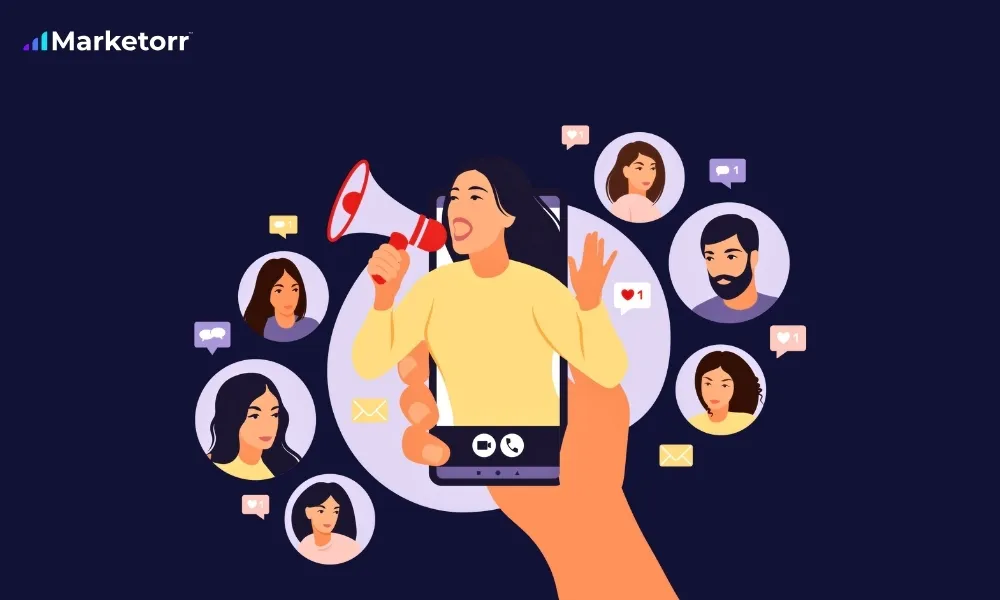
6. Paid Media Integration (PPC, Display, Retargeting)
Integrating paid media into your digital strategy allows for immediate visibility, precise targeting, and measurable performance, making it a powerful complement to organic growth efforts.
Paid channels like Google Ads, Meta (Facebook and Instagram) Ads, and programmatic display offer brands the ability to reach high-intent users quickly. These platforms provide granular targeting options including demographics, behavior, location, and device usage. For example, Google Ads’ use of intent-based targeting allows marketers to show users ads exactly when searching for a solution. WordStream says the average conversion rate across Google Ads is 4.4% for search ads, but optimized campaigns often exceed 10%.
Retargeting is another critical part of a paid media strategy. You can recapture lost opportunities by tracking website visitors and re-engaging them with tailored ads. Retargeted users are 70% more likely to convert compared to new visitors. Retargeting is especially effective for longer sales cycles, such as B2B or high-ticket services.
It’s also essential to align paid media with your funnel. Top-of-funnel ads might focus on brand awareness or educational content, while mid- and bottom-funnel campaigns concentrate on lead generation and conversions. By testing different creatives, landing pages, and calls to action, you can consistently refine performance and improve ROI.
When done right, paid media doesn’t just drive traffic, it generates results that are fast, scalable, and fully trackable.
7. Social Media Strategy with Platform-Specific Content
A strong social media strategy goes beyond posting updates; it’s about sharing the right content on the right platform to build community, engagement, and brand presence.
Different social media platforms cater to various audiences and content styles. LinkedIn is ideal for B2B thought leadership, while Instagram thrives on visual storytelling. TikTok favors short, engaging video content, and Twitter is often used for news, trends, and real-time conversation. Understanding the native language of each platform allows your content to blend in, not stick out.
Creating platform-specific content also improves engagement and reach. A video that works well on Instagram Stories may not perform the same on LinkedIn or YouTube Shorts. Data from Sprout Social shows that brands using native formats (like Reels or Carousels on Instagram) achieve 22% more engagement than reshared or generic posts.
Moreover, algorithms reward consistency and interaction. Responding to comments, participating in trends, and tagging relevant users improves visibility and shows authenticity. For marketers, social media isn’t just a broadcasting tool, it’s a two-way relationship-building channel.
Brands that tailor their voice and visuals per platform can build a stronger online presence and create deeper connections with their audience. Over time, this fosters trust and keeps your brand top-of-mind.

8. Email and Automation Workflows That Nurture Leads
Email remains one of the highest ROI digital marketing channels, particularly when supported by automation workflows that personalize the experience and guide users down the funnel.
According to Litmus, the average ROI for email marketing is $36 for every $1 spent. But it’s not just about sending newsletters, automated workflows nurture leads based on behavior, interests, and timing. These can include welcome series, abandoned cart reminders, post-purchase follow-ups, and lead re-engagement sequences.
Effective automation uses triggers, segmentation, and behavior tracking to deliver the right message at the right time. For instance, if users download an eBook about SEO audits, your system can automatically enroll them in a related email series about technical SEO and website performance.
Email automation tools like ActiveCampaign, HubSpot, and Mailchimp allow marketers to build these flows visually and monitor performance metrics like open rate, CTR, and conversion rate. Personalization is key; emails with personalized subject lines are 26% more likely to be opened, and targeted campaigns can deliver 6x higher transaction rates.
The power of email lies in its ability to maintain contact with users across their journey, turning cold leads into loyal customers without overwhelming your sales team.
9. Data-Driven Decision Making Through Marketing Analytics
Data-driven strategies are not about gathering numbers but about turning insights into informed action. Marketing analytics help businesses understand what’s working, what’s not, and how to optimize.
Analytics tools like Google Analytics 4, Adobe Analytics, and marketing dashboards built in Data Studio or Looker help visualize performance across every touchpoint, traffic sources, user behavior, conversions, attribution paths, and more. According to McKinsey, businesses that use analytics effectively are 3 times more likely to outperform their peers in revenue growth.
Metrics should be aligned with your business goals. Tracking metrics like Monthly Recurring Revenue (MRR), customer churn, and LTV might be critical for a SaaS company. For an e-commerce brand, the focus may shift to Average Order Value (AOV), ROAS, and cart abandonment rate.
Marketing analytics also support experimentation. A/B tests, multivariate testing, and funnel analysis allow teams to learn and iterate rapidly. For example, by testing two landing page versions, you might find a 23% lift in conversions by simply changing the headline and CTA placement.
The real value of analytics lies in ongoing optimization. The more you track, the smarter your marketing becomes.
10. Continuous Testing, Optimization, and Scalability
Digital marketing is never “set it and forget it.” Continuous testing and optimization are necessary to adapt to technological changes, audience behavior, and competition.
Optimization covers every element of your marketing, from ad copy to landing page design to SEO structure. For example, small changes in meta descriptions or title tags can influence click-through rates, while tweaking a form layout could reduce drop-offs significantly.
Scalability means building systems that grow with your business. This includes processes, tools, and team structures that support larger audiences, more content, and more data. According to Gartner, companies integrating agile testing and iterative improvement into their marketing process see 30% faster go-to-market times.
It’s important to build feedback loops. Use campaign performance, customer feedback, and usability tests to identify bottlenecks. Then, implement improvements quickly. Marketing teams that embed testing into their workflows are more adaptive, resilient, and ultimately more profitable.
In a digital world where trends shift overnight, only strategies built on testing and iteration can survive and scale.
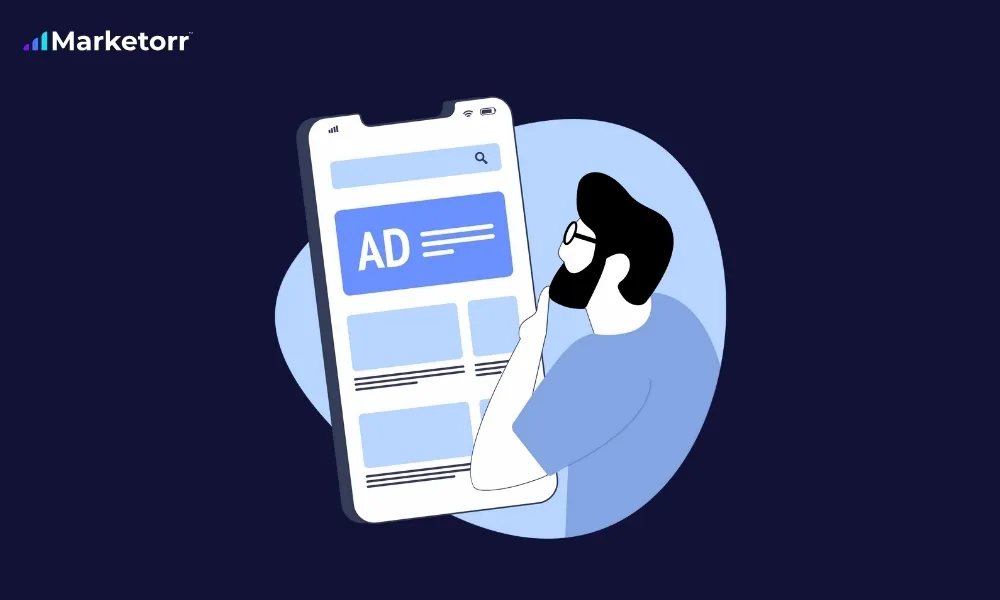
Final Thoughts
Digital marketing success isn’t about chasing trends but building a sustainable system grounded in purpose, insight, and adaptability.
By focusing on the 10 essential components outlined in this article, you’re creating a roadmap that supports long-term business growth. From understanding your audience to fine-tuning campaigns based on data, every part plays a role in reaching the right people and delivering meaningful value.
Consistency and alignment are key. Each channel should speak the same brand language, follow the same goals, and use the same insights. When executed correctly, a holistic strategy drives conversions and builds trust and authority over time.

Md Rayhan Hossain is an SEO strategist with over 7 years of experience helping SaaS, service-based, and local businesses grow their visibility and revenue through search.
Before launching his own projects, Rayhan worked with agencies and in-house teams to lead successful SEO campaigns that combined strategic content, technical audits, and local optimization.
Over the years, he’s helped dozens of clients scale organic traffic and leads—especially in competitive niches—by using a mix of data-driven tactics and practical execution. His work has spanned everything from complex site migrations to ranking local businesses in tough markets.
Rayhan regularly shares field-tested SEO strategies on the Marketorr blog, where he breaks down what’s working in real-world client campaigns.
